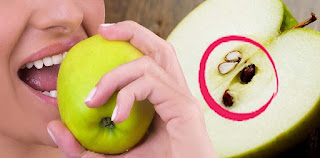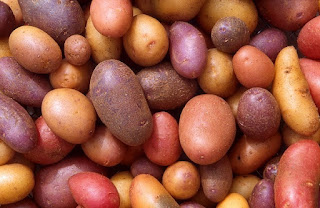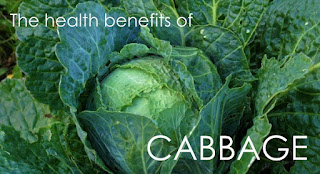Overview
Walnut is one among the quite common ingredients in our daily life. The fruit and seed of walnut are closed in a thick, inedible husk. The shell of the fruit that encloses the kernel is difficult and two-halved. Walnuts are considered as a “Brain Food”. The surface structure of walnut has a crinkly appearance just like a brain. Walnuts are most frequently consumed on their own as a snack. However, they will also be added to salads, pasta, breakfast cereals, soups, and food.Walnuts are originated from Eastern North America. They are currently found in many places like China, Iran, Arizona, and Central Asia. Its botanical name is Juglans genus. It is used to make walnut oil and an expensive culinary oil which is often used in salad dressings. Sometimes, they are referred to as common walnuts, English or Persian walnuts.
LOOSE BELLY FAT
Click Here!
Types of Walnut
- Black Walnut
- Hinds Black Walnut
- English Walnut
- Japanese Walnut
- Brazilian Walnut
Nutritional Value
Walnut is a rich source of Sodium, Potassium, Calcium, Iron, Vitamin D, Vitamin C, Vitamin A, Vitamin B-12, and Vitamin B-6.Serving Size: 80 grams.
| Energy - 523 kcal | Carbohydrates - 11 g |
| Fat - 52 g | Protein - 12 g |
| Dietary Fiber - 5 g | Sodium - 1.6 mg |
| Potassium - 352.8 mg | Carbohydrate - 11 g |
| Cholesterol - 0 mg | Sugar - 2.1 g |
| Monosaturated Fat - 7 g | Calcium - 7% |
| Vitamin C - 1% | Vitamin B-12 - 0% |
| Iron - 12% | Vitamin B-6 - 20% |
Also See
Health Benefits of Walnut
Bone Health
Walnuts contain an important fatty acid referred to as omega-3. This omega-3 and its compounds are related to stronger and healthier bones. Also, as you intake omega-3 fatty acids through walnuts, inflammation decreases, and this is often associated with keeping the bones stronger for a longer period.Better Sleep and Stress
It has a melatonin, this compound is related to a better sleep pattern. The omega-3 fatty acid keeps the blood pressure low and helps to relieve stress.For Skin Care
Rich in gamma-tocopherol, walnuts are a rich source of vitamin E, that could be a strong lipid-soluble antioxidant. The vitamin E present in them helps in maintaining and protecting the skin from free radicals that are harmful in nature. They are also a very important supply of B-complex vitamins like niacin, riboflavin, and vitamin B-6.Prevents Cancer
Some of the elements present in walnuts have the potential of controlling the growth of cancer cells within the body. The phenolic compounds and antioxidants found in them recorded an effect on human cancer cells.Immunity
Due to the presence of high amounts of antioxidants in walnuts, it keeps your immune system healthy and stops the onset of diseases. Add few walnuts to your diet on a daily basis to keep you fit as a fiddle.Heart Health
Due to the high levels of polyunsaturated fatty acids within the walnuts, they are terribly useful to the cardiovascular system. Its been found that consumption simply a couple of walnuts per day will help to reduce the blood pressure, therefore those with high blood pressure take note. The omega-3 fatty acids are acknowledged to cut back the bad cholesterol within the body and encourage the production of the good cholesterol. This can be once more useful for the heart.Also See
Interesting Facts about Walnut
- Most worlds walnut production happens in a California.
- Walnut is a nutritional powerhouse.
- U.S state produces the 75% worlds supply of walnuts.
- It can live up to 250 years.
- Walnuts are solely harvested once a year, between September and November.
- More than 30 varieties of walnuts are produced commercially.
- It contains 65% fat by weight.
- It is only nuts which contain the significant amounts of ALA.
- Walnuts tree can reach up to 40 to 60 feet.
- In Greek language walnut are known as “Karyon”, which means “head”.













